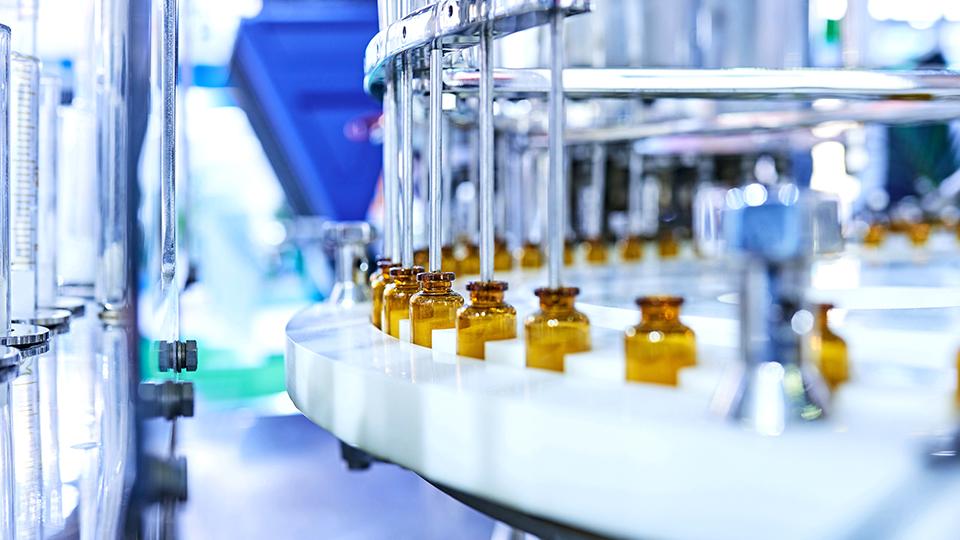For decades, pharmaceutical manufacturers have successfully manipulated the United States patent system by extending patent protections on medications to prevent or delay competition from lower-cost generics and biosimilars. The result is higher prices for plan sponsors and patients.
A comprehensive study has found that nearly 80 of the 100 top-selling drugs extended their monopoly periods with maneuvers such as patent thickets, when manufacturers amass dozens of patents on a single drug. Competitors find it virtually impossible to challenge every patent, which keeps new entrants (and competition) off the market. Another common tactic is pay-for-delay schemes, which occur when a company pays a competitor to delay its release of a generic or biosimilar version of a drug.
The U.S. Senate Judiciary Committee and other Congressional committees are holding hearings to investigate why drug prices are so high in the United States compared with other countries. “As Congress explores ways to meaningfully address the unsustainably high costs for the drugs that many Americans rely on, it’s vital to hold drugmakers accountable,” said Harold Carter, Express Scripts’ senior vice president for pharma trade relations.
Three blockbuster drugs that strategically blocked competition
For 20 years, AbbVie’s Humira, a biologic medication that treats autoimmune conditions, had no competition. Humira became the top-selling pharmaceutical in the world even as AbbVie increased the list price by 470%. Today, Humira’s list price is about $7,000 for a month’s supply.
The company filed 311 patent applications for Humira in the U.S., 90% of them after the drug received Federal Drug Administration (FDA) approval in 2002. While the primary patent expired in 2016, a thicket of add-on patents delayed biosimilar competition until 2023, and the most commonly used formulation faced no competition until 2024. When competition finally entered the market in 2023, Humira’s effective price decreased by an estimated 38%, and 2024 was the first year that Humira didn’t come with a list price increase.
Novo Nordisk won FDA approval for Ozempic to treat type 2 diabetes in 2017. The drug’s primary patent is set to expire in 2032. Over the last seven years, Novo Nordisk has increased the price of Ozempic by more than 40%, from $676 for a four-week supply when first approved in 2017 to $969 for a four-week supply in 2024.
GLP-1 medications like Ozempic often are provided with a syringe or other delivery device for the patient to use. This enables drugmakers to more easily create patent thickets, because 57% of the patents on GLP-1s are for the delivery devices, not the active drug ingredients, according to recent Senate testimony.
In April, the Federal Trade Commission (FTC) announced that it suspected Novo Nordisk of improperly listing 17 patents for Ozempic. Mischaracterization of patent information can delay FDA approval of generic or biosimilar drug applications and disincentivize investment in the development of those products.
Bristol Myers Squibb’s Revlimid, a cancer treatment approved in 2005, secured 117 patents by 2021, 74% of which were made after the initial approval. During those years, the drugmaker increased the list price by 287%. Revlimid, which now carries a price of around $26,296 for a supply of 28 capsules, is preventing general market competition until 2026 by restricting the volume of generics on the market.
Enabling PBMs to lower costs for clients and patients
PBMs do their best work in lowering drug costs when there is meaningful competition. “The availability of competitive alternatives enables us to negotiate savings off list prices, which can be used to significantly lower the prices paid by employers, labor unions, and government entities,” Carter said. “In turn, they can pass along a portion or all of those savings to patients.”
For example, Express Scripts will exclude Humira on its largest commercial formularies beginning in 2025 and support access to lower-cost biosimilars.
PBMs also find innovative ways to help clients manage drug trend. An example is Evernorth’s EncircleRx cardiodiabesity solution, which offers the first-ever GLP-1 financial guarantee available from a PBM.
How policymakers can take action
PBMs will continue to negotiate with drug manufacturers and find innovative ways to help lower drug costs for patients and plan sponsors and continue to support efforts to hold manufacturers accountable for lowering drug costs.
Express Scripts supports the following public policy solutions that seek to advance competition:
- Reduce market exclusivity period: Congress should enhance competition and access to biosimilars by shortening the 12-year exclusivity period for brand-name biologics to 7 years.
- Address anticompetitive practices: Congress should follow the lead of the FDA and the FTC to tackle anticompetitive behaviors and close patent loopholes that hinder the availability of affordable biosimilars and generic drugs.
- Expand pay-for-delay legislation: Congress should extend the 2018 pay-for-delay law to ban agreements that delay the market entry of cost-effective generics and biosimilars.
- Eliminate interchangeable designation for biosimilars: Congress should eliminate the statutory distinction between the approval standard for biosimilars and interchangeable biosimilars – deeming all approved biosimilars to be interchangeable with their respective reference products.
- Revise Medicare and Medicaid payments: Congress should advance new payment models and reimbursement strategies that motivate providers to choose less expensive biosimilars.
“To truly address unsustainably high drug costs, however, policymakers must address the anticompetitive tactics and loopholes drug manufacturers use to prevent or delay competition,” Carter said.



